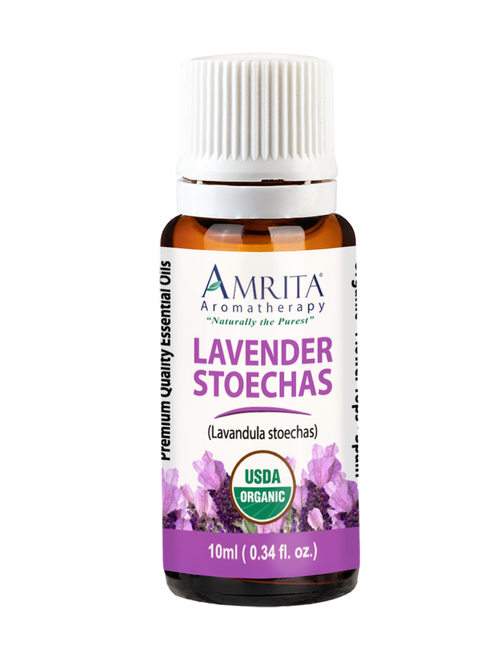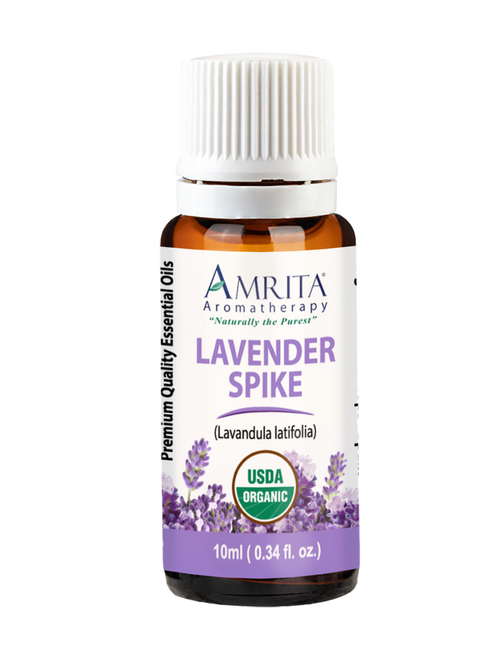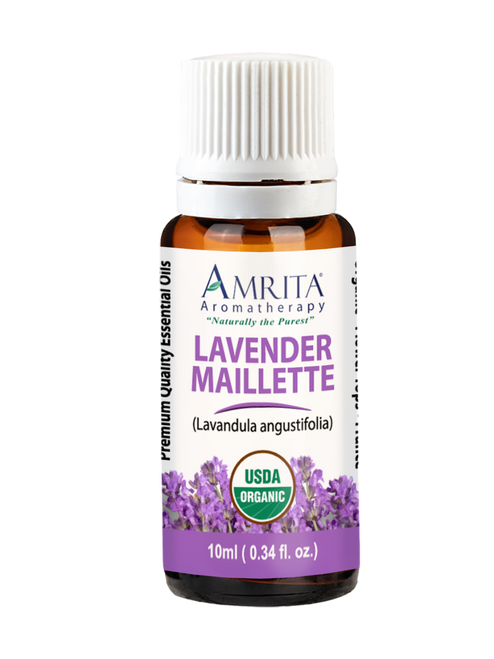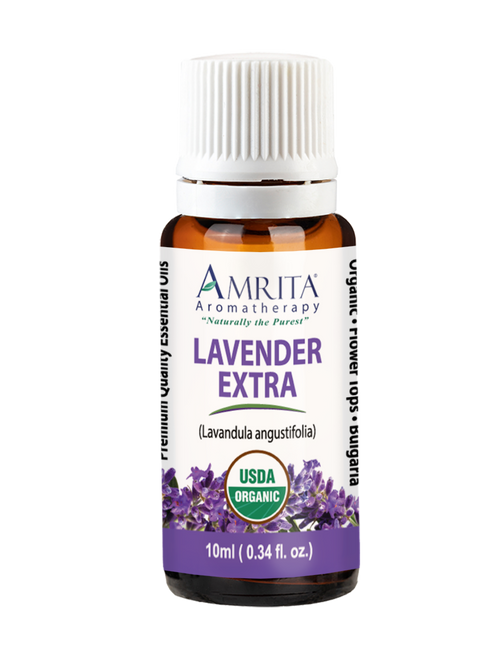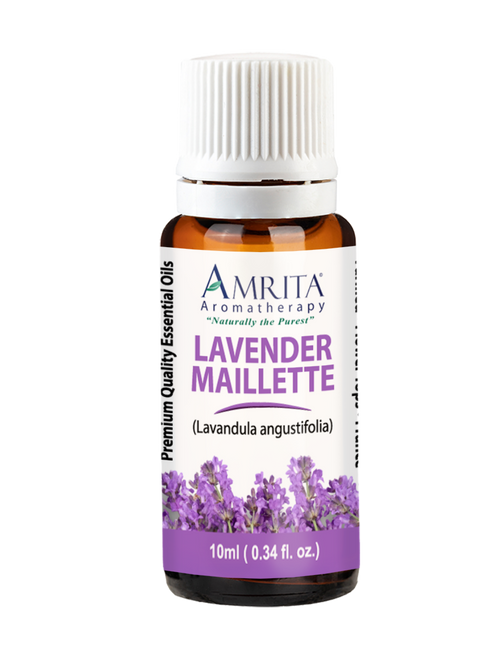- Other Names
- Topped Lavender, Spanish Lavender, and Stoke Lavender
- Farming Method
- Certified Organic
- Plant Part
- Flower Tops
- Country of Origin
- Spain
- Application Method
- Bath, Diffusion, Inhalation, Massage, and Topical
- Scientific Name
- Lavandula stoechas
- Extraction Method
- Steam Distilled
About the Plant:
Lavender Stoechas (also known as Spanish or Stoke Lavender) normally grows as an evergreen shrub, although it can grow up to 7 feet tall depending on the sub-species. Although it is fragile and not that winter hardy, it can grow in a range of harsh conditions.
Its leaves are greyish in color and are densely covered with short matted woolly hairs. Each tiny pink to purple flower appears at the end of a bract. A number of these bracts and flowers are clumped together to form a spike on the top of a slender leafless stem. The long bright purple (and in rare cases white) flowers at the top of the spike are actually bracts (modified leaves) rather than flowers. These long flowers are sometimes called “rabbit ears.” The flowers bloom from late spring to summer.
Where It Grows:
Native to the Mediterranean region, Lavender Stoechas grows wild mainly in Spain, Portugal, and on the western coastline of Morocco. Amrita Aromatherapy is proud to have Lavender Stoechas Organic Essential Oil from Spain.
Traditional Uses and Lore:
Lavender Stoechas generally wasn’t used in cooking. But it is probably the type of lavender that the ancient Greeks and Romans used to scent their bathwater.* The word Lavender comes from the Latin root “lavare” which means “to wash”.
This plant has a long history. Apparently, the ancient Greeks called it “Stoechas” because they found it on the Hyeres Islands off the French coast. At the time, the Romans were ruling these islands and calling them the “Stoechades”. It is thought to have been brought to these islands from its native Mesopotamia. Later it was brought from these islands to France and later England. That’s why it is sometimes called “Greek Lavender” or “French” or “Spanish” Lavender. It was used medicinally in England until the middle of the 18th Century.*
Other Facts:
- Scent: More herbal and medicinal than common lavender
- Fragrance Note: Middle Note
- Composition: Fenchone, Linalool, Lavandulol, Thujone, Terpineol, Cineol, and Limonene
- Family: Lamiaceae Family
*These statements have not been evaluated by the Food and Drug Administration. These products are not intended to diagnose, treat, cure, or prevent any disease.
- USDA Certified Organic
- Aids Respiration
- Stimulating Aroma
- Give Relief to Burns
Lavender Stoechas Organic Essential Oil is an unusual Lavender, quite different from other Lavender species. It is used commercially in air fresheners because it stimulates circulation and helps reduce mucus congestion.* In the Aromatherapy word, it is used for a variety of symptoms like headaches, nausea, rheumatic pain, and sunburns.*
Topical Application (for use on the skin):
|
||
|
||
|
Diffusion / Inhalation (add a few drops to a nebulizer or nasal inhaler):
- Musculoskeletal System:
- Decreases Symptoms of Allergies
- Nervous System:
- Reduces Anxiety Symptoms
- General Relaxation
-------------------------------------------------------------------------------------------------------------------------------------------------------------------
Blends Well With:
-------------------------------------------------------------------------------------------------------------------------------------------------------------------
Safety Precautions:
- Do not use during pregnancy or breastfeeding. Use in moderation.*
General Safety Precautions:
- Use essential oils only in diluted form on the skin and never internally.
- Always be careful when using essential oils with children.
- Give them only low doses, or better, consult a qualified aromatherapy expert before using.
- Also, use essential oils with care and only under the proper guidance of an expert while pregnant or if you have liver damage, epilepsy, cancer, or other serious health problems.
*These statements have not been evaluated by the Food and Drug Administration. These products are not intended to diagnose, treat, cure, or prevent any disease.
The aroma of Lavender Stoechas is not as floral as that of the common Lavender. It has a herbal medicinal smell. It contains ketones which stimulate the body’s defenses and help overcome symptoms of infection.* It is good for the respiratory system in times of the common cold and flu.*
Lavender Stoechas also stimulates the circulatory system.* Thus, it complements Rosemary in that respect.* It is softer than commonly stimulating oils like Rosemary and Eucalyptus, bringing the best of worlds - stimulation and the healing property of common Lavender.*
The following is a list of conditions which Lavender Stoechas Essential Oil addresses by category:
|
|
*These statements have not been evaluated by the Food and Drug Administration. These products are not intended to diagnose, treat, cure, or prevent any disease.
Bottles are filled by volume. Some bottle sizes may not be filled to the top, but do contain the volume of oil specified.
|
Click the link below to view GC Analysis: |
Click the link below to view CoA Analysis |
|
Click the link below to view Safety Data Sheet (SDS): |

